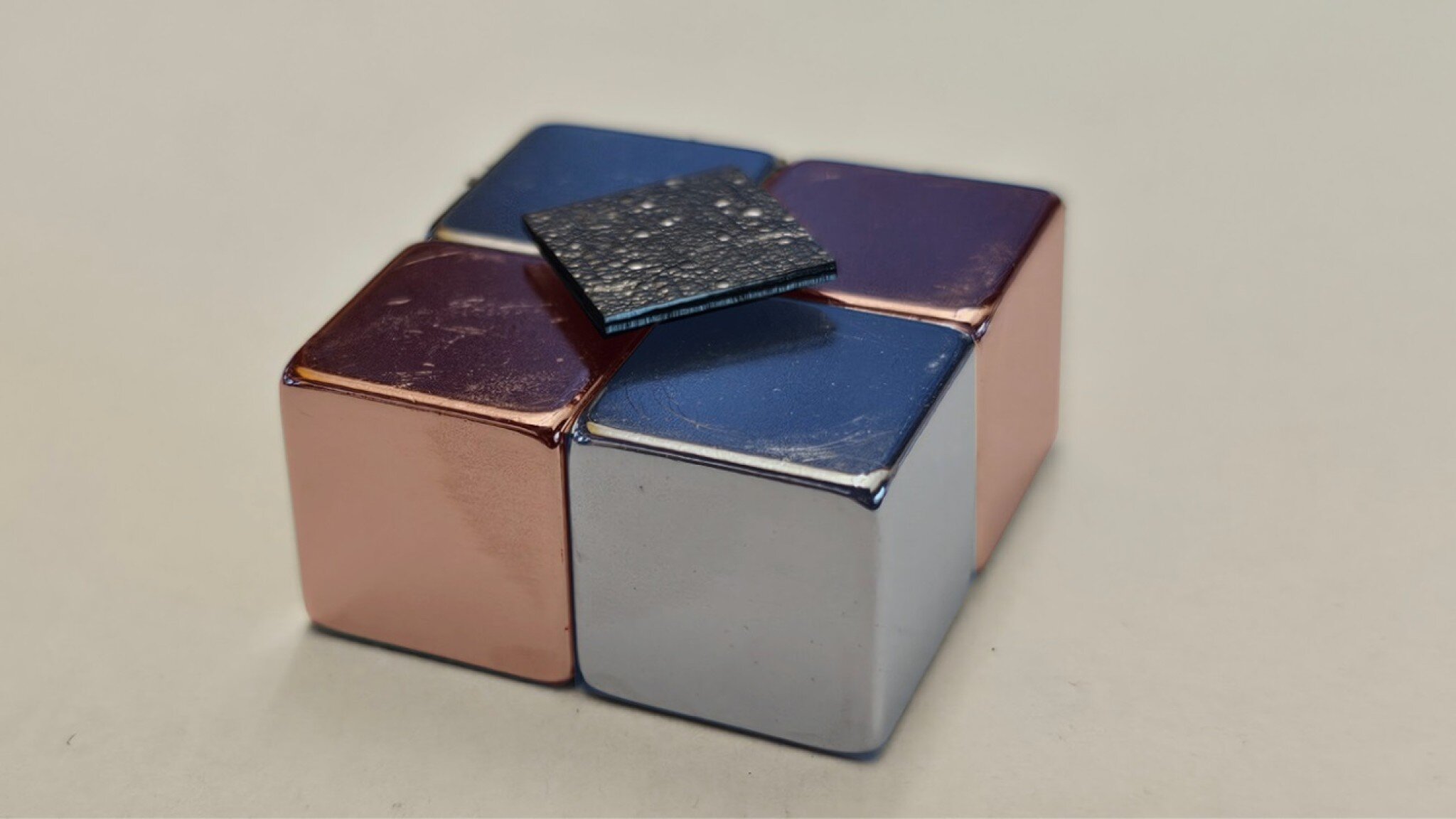Demonstration of a new stable levitation technology without superconductivity
Follow us on Google News (click on ☆)

Credit: Okinawa Institute of Science and Technology
Professor Jason Twamley and his team have devised a platform that uses magnetic fields to levitate a graphite plate, a material commonly found in pencil lead. This plate, chemically treated to repel magnetic fields, floats stably above an array of magnets without touching any solid structure.
This project addresses major challenges such as reducing energy losses, a common obstacle in previous levitation technologies. By converting graphite into an electrical insulator, the researchers have managed to stabilize levitation in a vacuum, thus preventing energy loss due to air friction.
The goal of this technology is to decrease the kinetic energy (movement) of the platform to increase its sensitivity. This would allow for the measurement of forces such as acceleration or gravity with extreme precision. By reducing this energy, the platform could operate in a state close to the quantum regime, where the laws of quantum mechanics prevail, offering even more precise measurements.
This platform opens up the possibility of surpassing the precision of current atomic gravimeters, which are among the most precise instruments for measuring gravity. This advancement could not only enhance the accuracy of scientific measurements but also make sensors more energy-efficient, thus propelling the research and application of levitation technologies to a new level.